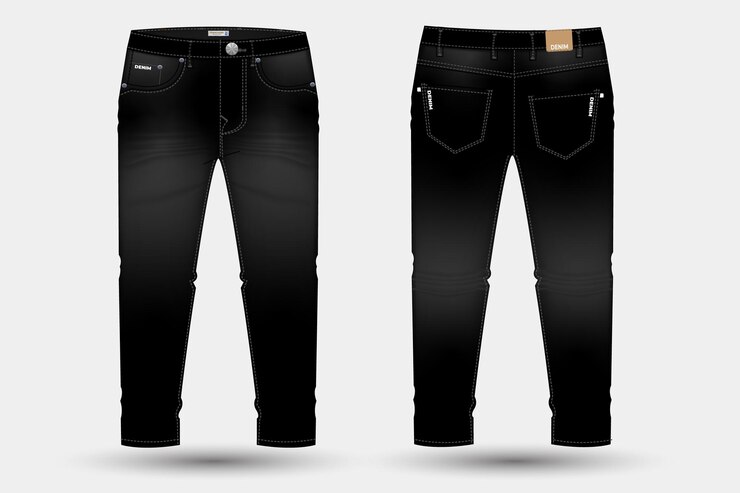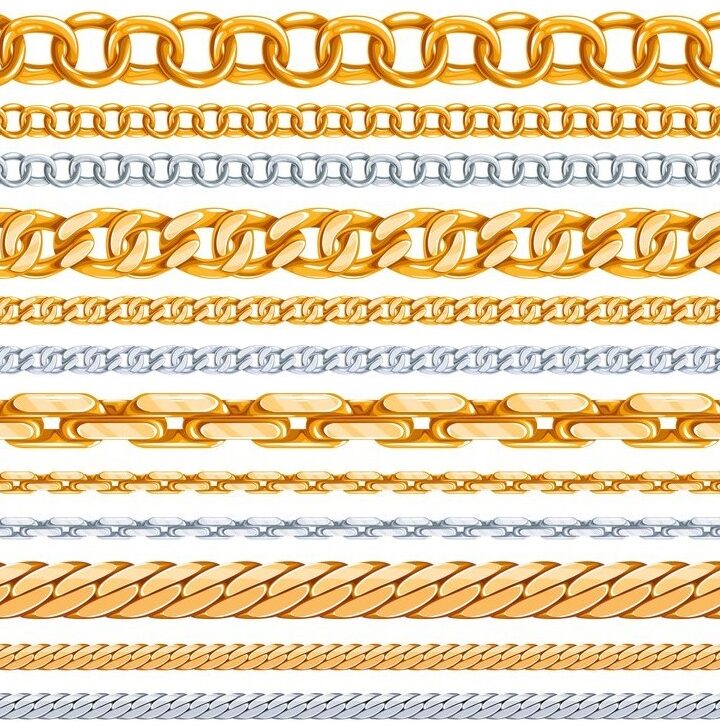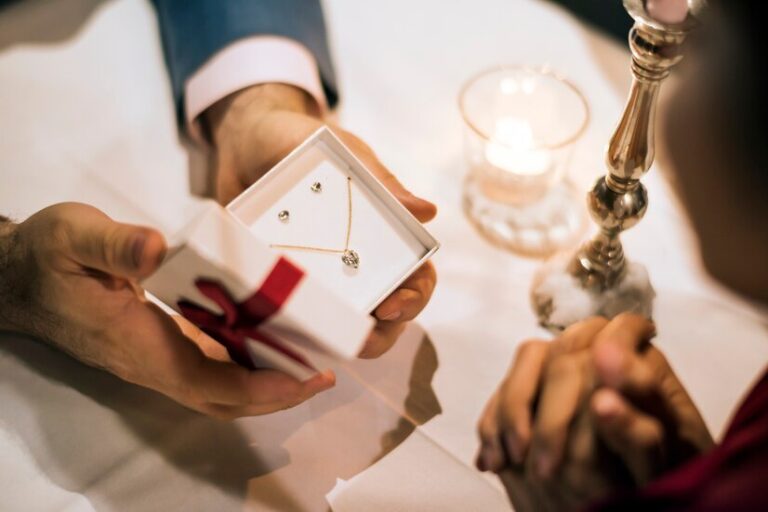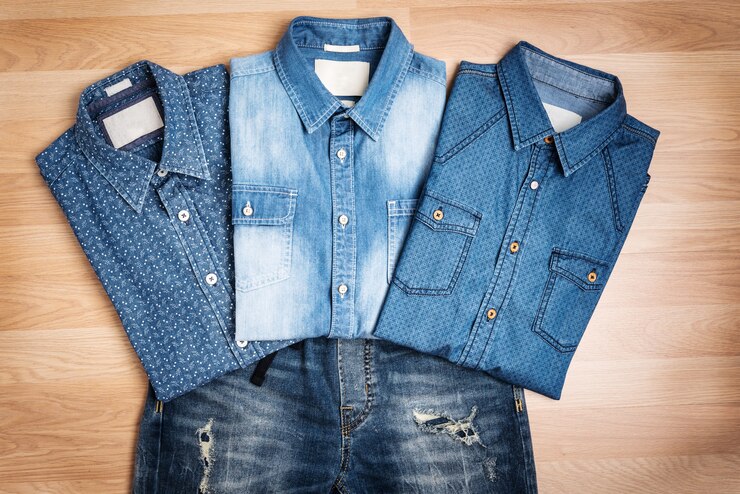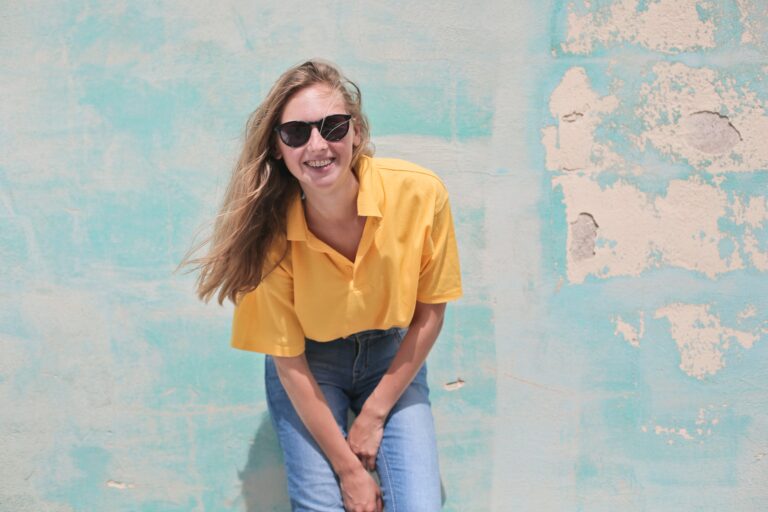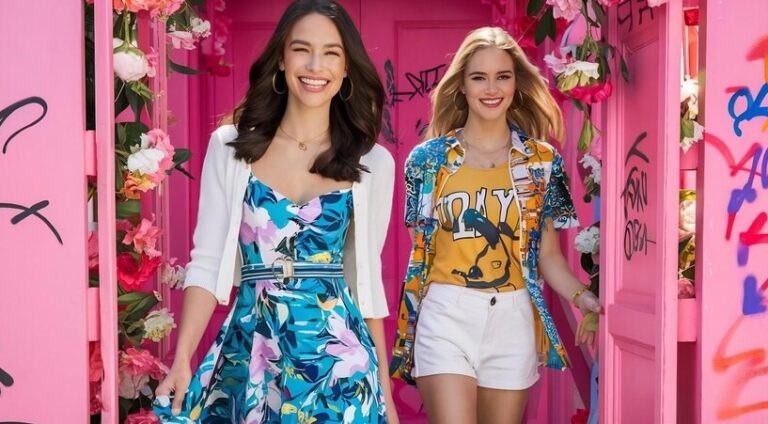Neon Fashion of the 80s: A Vibrant Revolution
The 1980s marked a colorful explosion in fashion, with neon colors leading the charge. Neon fashion defined the decade, turning heads with its vibrant hues and bold styles. From iconic pop culture moments to everyday street fashion, neon became synonymous with the era. This article delves into the neon fashion trend of the 80s, exploring its origins, impact, and enduring legacy.
Origins of Neon Fashion
Neon fashion’s roots can be traced back to the late 1970s when fluorescent colors began making waves in the fashion industry. The innovation in fabric dyes allowed for the creation of eye-catching neon colors that seemed to glow under both natural and artificial light. These vibrant shades quickly captured the imagination of designers and consumers alike.
The neon trend was heavily influenced by the rise of the disco era and the popularity of synthetic materials. Designers like Jean-Paul Gaultier and Vivienne Westwood incorporated neon hues into their collections, pushing the boundaries of conventional fashion. Neon fashion soon became a staple in both high fashion and everyday wear, signaling a new era of bold, unapologetic style.
The Influence of Pop Culture
Neon fashion was not just a trend; it was a cultural phenomenon. The 80s were characterized by a surge in pop culture, with music, movies, and television playing a significant role in shaping fashion trends. Neon colors were prominently featured in music videos, movies, and TV shows, solidifying their place in popular culture.
Music videos from artists like Madonna and Cyndi Lauper showcased neon fashion in full force. Madonna’s “Material Girl” video, for instance, featured her in a striking neon pink outfit, setting a trend that would influence fashion for years to come. Similarly, the film “Flashdance,” with its iconic neon-accented costumes, highlighted the intersection of fashion and dance, further fueling the neon craze.
Neon Fashion in Everyday Wear
While neon fashion was initially embraced by celebrities and the fashion elite, it quickly trickled down to everyday wear. The neon trend permeated street fashion, with neon-colored leg warmers, oversized sweatshirts, and brightly colored accessories becoming ubiquitous. The trend was characterized by its playful and experimental nature, encouraging people to mix and match neon pieces to create unique, eye-catching outfits.
Athletic wear also saw a significant influence from the neon trend. The popularity of neon-colored workout gear, such as leggings and headbands, mirrored the era’s fascination with fitness and health. Brands like Nike and Reebok capitalized on this trend, incorporating neon colors into their athletic collections and contributing to the trend’s widespread appeal.
Neon Fashion in High Fashion
High fashion in the 80s was marked by a love for excess and extravagance, and neon colors fit perfectly within this aesthetic. Designers pushed the envelope with bold, neon-infused collections that challenged traditional notions of elegance and sophistication. Runways saw a flurry of neon ensembles, from brightly colored evening gowns to strikingly bold suits.
One of the most iconic examples of neon fashion in high fashion was Jean-Paul Gaultier’s 1984 collection, which featured neon accents and avant-garde designs. Gaultier’s use of neon not only showcased his innovative approach to fashion but also solidified neon’s place in the haute couture world. Similarly, Vivienne Westwood’s punk-inspired collections embraced neon colors, blending rebellious style with vibrant hues.
The Legacy of Neon Fashion
Neon fashion of the 80s left an indelible mark on the fashion world, influencing subsequent decades and continuing to inspire contemporary designers. The trend’s impact can be seen in various ways, from periodic revivals in fashion collections to its presence in pop culture references.
The resurgence of neon fashion in recent years can be attributed to the cyclical nature of fashion trends. Designers and brands frequently revisit past styles, reinterpreting them for modern audiences. Neon colors have made a comeback in recent years, appearing in everything from streetwear to high fashion collections. Proving that the vibrant allure of neon is far from fading.
Moreover, neon fashion’s influence extends beyond clothing. It has become a symbol of the 80s aesthetic, frequently appearing in retro-themed parties, events, and even interior design. Neon lights and colors continue to evoke the energy and excitement of the decade, celebrating the enduring legacy of neon fashion.
Conclusion
Neon fashion of the 80s was more than just a trend; it was a cultural phenomenon that defined a decade. From its origins in innovative dye technology to its impact on pop culture and high fashion. Neon colors captured the spirit of the era with their bold, vibrant hues. The influence of neon fashion continues to resonate, with periodic revivals and a lasting legacy in contemporary style.
The neon trend of the 80s remains a testament to the power of fashion to reflect and shape cultural moments. Whether through iconic music videos, street fashion, or high fashion runways. Neon colors continue to symbolize the exuberance and creativity of the decade. As fashion evolves, the vibrant spirit of the 80s neon trend endures, celebrating the timeless appeal of bold, radiant style.
FAQs
What inspired the neon fashion trend of the 80s?
The neon fashion trend of the 80s was inspired by advances in fabric dye technology, which allowed for the creation of vibrant fluorescent colors. The trend was also influenced by the disco era, pop culture, and the growing popularity of synthetic materials.
How did neon fashion influence pop culture in the 80s?
Neon fashion had a significant impact on pop culture in the 80s, featuring prominently in music videos, movies, and television shows. Iconic figures like Madonna and films like “Flashdance” showcased neon styles, solidifying their place in popular culture.
What types of clothing were popular in neon fashion?
Neon fashion in the 80s included a wide range of clothing items such as oversized sweatshirts, leg warmers, and brightly colored accessories. Athletic wear also saw a rise in neon colors, with leggings and headbands becoming popular.
How has neon fashion influenced contemporary style?
Neon fashion continues to influence contemporary style through periodic revivals and its presence in modern fashion collections. Neon colors are often featured in streetwear, high fashion, and pop culture references, celebrating the vibrant legacy of the 80s.
Why is neon fashion still relevant today?
Neon fashion remains relevant due to its bold and playful aesthetic, which resonates with modern audiences. The cyclical nature of fashion trends also contributes to neon’s continued popularity. With designers revisiting and reinterpreting past styles for contemporary wearers.


